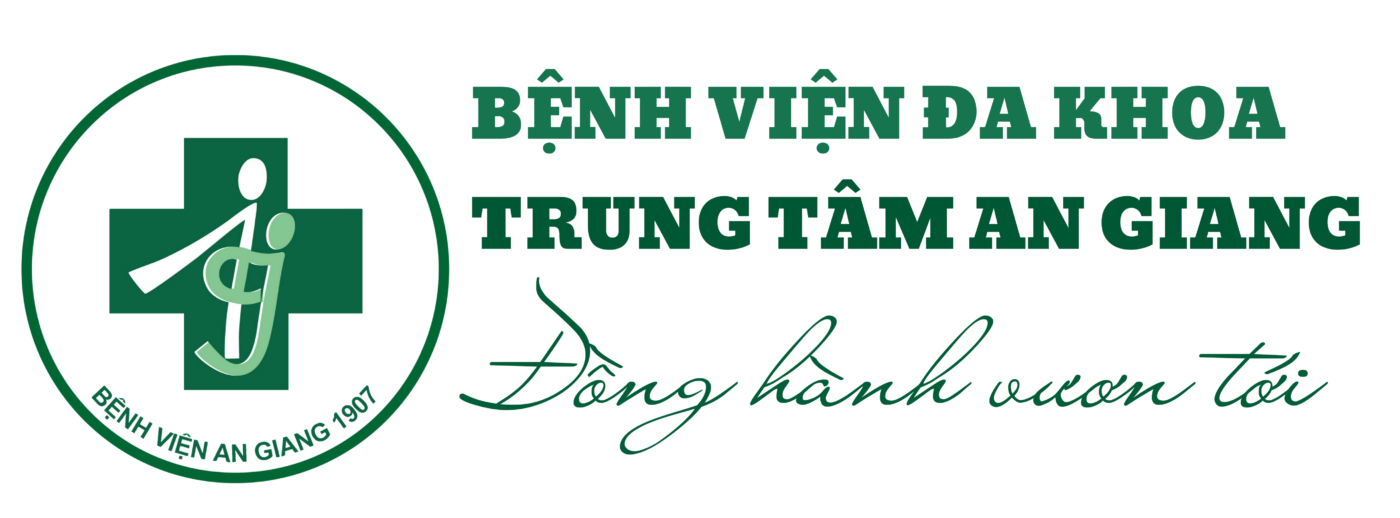N Engl J Med. 2004 Apr 22;350(17):1722-30.
Perondi MB, Reis AG, Paiva EF, Nadkarni VM, Berg RA.
Department of Pediatrics, Children’s Institute, São Paulo, Brazil.
BACKGROUND: When efforts to resuscitate a child after cardiac arrest are unsuccessful despite the administration of an initial dose of epinephrine, it is unclear whether the next dose of epinephrine (i.e., the rescue dose) should be the same (standard) dose or a higher dose.
METHODS: We performed a prospective, randomized, double-blind trial to compare high-dose epinephrine (0.1 mg per kilogram of body weight) with standard-dose epinephrine (0.01 mg per kilogram) as rescue therapy for in-hospital cardiac arrest in children after failure of an initial, standard dose of epinephrine. The trial included 68 children, and Utstein-style reporting guidelines were used. The primary outcome measure was survival 24 hours after the arrest.
RESULTS: The rate of survival at 24 hours was lower in the group assigned to a high dose of epinephrine as rescue therapy than in the group assigned to a standard dose: 1 of the 34 patients in the high-dose group survived for 24 hours, as compared with 7 of the 34 patients in the standard-dose group (unadjusted odds ratio for death with the high dose, 8.6; 97.5 percent confidence interval, 1.0 to 397.0; P=0.05). After adjustment by multiple logistic-regression analysis for differences in the groups at the time of arrest, the high-dose group tended to have a lower 24-hour survival rate (odds ratio for death, 7.9; 97.5 percent confidence interval, 0.9 to 72.5; P=0.08). The two treatment groups did not differ significantly in terms of the rate of return of spontaneous circulation (which occurred in 20 patients in the high-dose group and 21 of those in the standard-dose group; odds ratio, 1.1; 97.5 percent confidence interval, 0.4 to 3.0). None of the patients in the high-dose group, as compared with four of those in the standard-dose group, survived to hospital discharge. Among the 30 patients whose cardiac arrest was precipitated by asphyxia, none of the 12 who were assigned to high-dose epinephrine were alive at 24 hours, as compared with 7 of the 18 who were assigned to a standard dose (P=0.02).
CONCLUSIONS: We did not find any benefit of high-dose epinephrine rescue therapy for in-hospital cardiac arrest in children after failure of an initial standard dose of epinephrine. The data suggest that high-dose therapy may be worse than standard-dose therapy.





